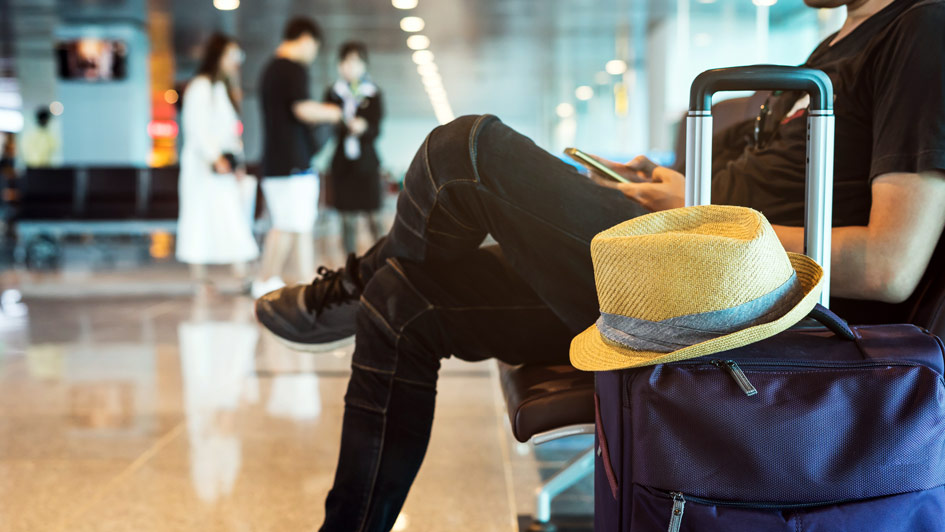
From a relaxing vacation or a long trip for work, traveling means making preparations for your home comfort system. You won’t be using it if you’re away, so you can adjust it as appropriate to limit your energy use. Simultaneously, you don’t want to just turn it off for the entire time you're out of the house.
In general, it’s best to leave your HVAC system running and just raise or lower depending on the season. That way you can minimize energy costs without stressing about coming back to an uncomfortable home. We’ll review why you should leave your HVAC system on as well as the best thermostat settings for different times of year.
This Is Why You Shouldn’t Leave Your Thermostat Alone
While you may be inclined to leave your HVAC system off before a trip, this can end up leading to annoying problems by the time you come back. This is particularly true in case the weather will be severely hot or cold while you’re away from home.
For example, shutting the HVAC system down in the summer can cause very high humidity. Not only will your home feel muggy and uncomfortable when you have returned, but it might have also invited mold/mildew growth or pest infestations.
And during the winter, leaving the furnace off will sometimes lead to pipes freezing or even bursting. It’s an awful feeling to return home from a nice trip only to find substantial water damage near a broken pipe.
Best Thermostat Settings While at Work
You can adjust the temperature even when you're just going to work. Because you’re away for 8 hours or more, it doesn’t help your monthly energy bill to keep an empty home heated or cooled as if you were there. In general, it’s encouraged to turn up the thermostat by 5 degrees or more. That means that if you prefer a comfortable 72 degrees, consider raising it to 76-77 while you’re gone.
But you can save even more if you’re willing to further adjust the temperature. As reported by the Department of Energy, you might save about 10% on your HVAC costs by raising the temperature by about 7-10 degrees.
Best Thermostat Settings While Away from Home in Summer
If you leave for a lengthier trip in the hottest part of summer, you can make more significant adjustments. This helps you avoid using too much energy while still protecting your home from the problems that come with leaving it uncooled. About 5 degrees is appropriate for shorter trips while a larger adjustment of 10 degrees is worthwhile if you’ll be out of town for 2 weeks or longer. If you prefer keeping the house at 72 in the summer, 78-82 should offer great results.
Ideal Thermostat Settings While Away from Home in Winter
To try and find the best thermostat setting for a winter vacation, consider lowering the temperature by the same amount you would adjust it in summer. 68 is a frequent winter thermostat setting, so adjusting to 63-58 will keep your plumbing safe while limiting how frequently your furnace runs.
A Smart Thermostat Can Help: Perks of Smart Thermostat Installation
A great way to optimize your home’s HVAC system while away from home is by investing in a smart thermostat. This special type of programmable thermostat employs intelligent software to understand your usual comfort habits. It applies these preferences and makes automatic corrections to the schedule for higher energy efficiency. And with Wi-Fi compatibility, you can remotely access your heating and cooling with a smartphone or tablet.
Smart thermostats are stuffed with features to help you save on your energy bill. To provide an example, certain models can monitor electricity prices to boost heating or cooling when prices are lowest. They can be used with high-efficiency, variable-speed equipment to fine-tune how long your HVAC system should run. It’s the perfect tool to simplify how you use your comfort system. If you’re thinking about investing in a smart thermostat, there are different ways you can reduce your costs, in essence getting a smart thermostat for free. The next time you leave for vacation, you can enjoy true peace of mind that your HVAC system won’t stir up any trouble while you’re away from home.
